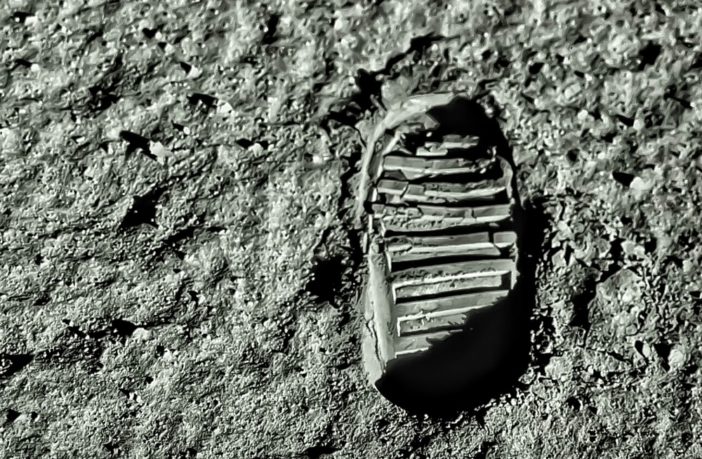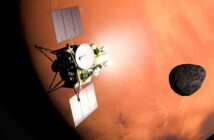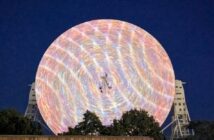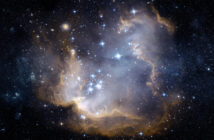As the world remembers the day 50 years ago that astronauts stepped on the Moon for the first time, the OU’s Dr Mahesh Anand, considers the future of space exploration and establishing a Moon base, with the challenges this could involve.
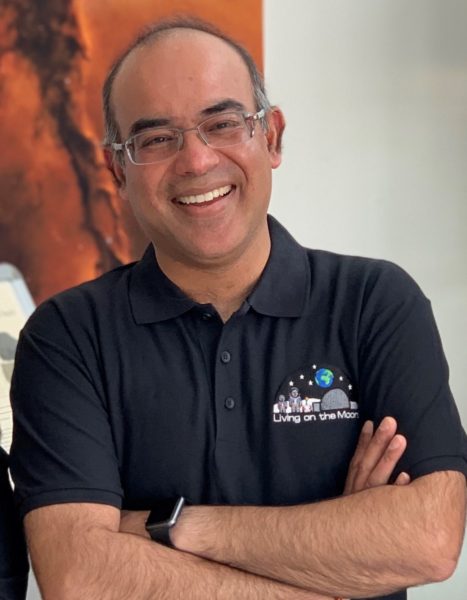
Dr Anand is a renowned lunar scientist and Reader in Planetary Science and Exploration, among those who pioneered the discovery of water in Moon rocks. This discovery, combined with the data that has revealed water ice in craters on the Moon, has been a game-changer in Moon exploration and the race to consider building habitats and creating a base on the Moon.
Dr Anand says:
“Our understanding of the formation and evolution of the Moon is at best half complete as until now we have only explored one half of the Moon!
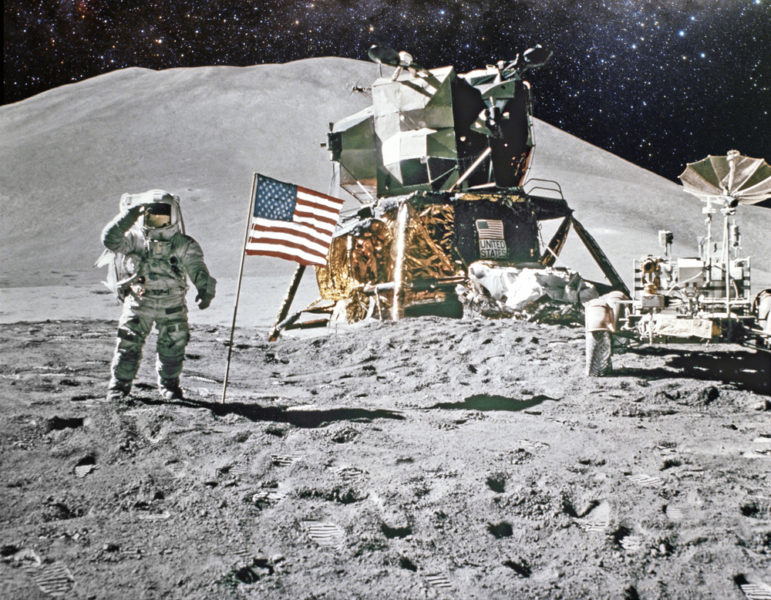
“It is the ‘unpredictability’ element of any exploration programme that is most exciting as new discoveries are made by pushing the limits of our knowledge and understanding of the natural world.
“Missions to Moon would enable researchers to better understand the geological evolution of the Moon as well as inform strategies for future sample return missions and technological developments for utilising local resources for future human-tended lunar missions.
The discovery of water on the Moon
“Finding of water on the Moon and the rise of new space players such as China, India and Japan in the last decade has heralded a new ‘space race’. Even private players are getting involved as they see business opportunities in space and specifically at the Moon.
“Because of the possibility of extracting and using the lunar resources for supporting longer-term human exploration of the Solar System, the Moon has once again come into limelight.
“Water is certainly present on the Moon. In addition, new experiments and technologies being developed could be used to manufacture water using lunar soil. The efficiency of these processes are still being investigated so it will take some time to produce water on the Moon in any measurable quantities. We should park the question of growing crops on the Moon until then!
Challenges remain
“Apollo showed that humans can survive travelling through space, land on the Moon and return safely to Earth. Therefore, technologies needed for short term exploration of the Moon is paving the way for developing new technologies for supporting longer-term stays potentially spanning to weeks to months.
“Technical challenges involved in staying for longer time periods on the Moon include protecting astronauts from dangerous cosmic radiation and micro meteorite bombardments. For this, shelters need to be built and technologies are being developed to address this topic.
“Also, for survival, astronauts need to carry essential resources such as water and food all of which cost money if we were to take everything from the earth. Instead, technologies are being explored by which water could be produced using local lunar soil and rocks which will drastically reduce the cost and reliance on ferrying water from the Earth.
Moon’s temperature swings
“The Moon experiences wild swings in temperatures during its day and night (the difference between highest and lowest can be more than 300 degrees centigrade. Thus, technologies are needed to shield astronauts from such large temperature fluctuations and allow their bodies to cope.
“We do not yet know the effect of 1/6th of the gravity on human body over an extended periods of time although experiments from International Space Station are helping this field of research.
The Moon and Mars
“There are scientific benefits of exploring both Moon and Mars and because the Moon is in Earth’s backyard, we can test many technologies on the Moon that will ultimately be required to explore Mars with humans.
“It is worth highlighting the unifying role of space exploration for the humanity. As we celebrate the 50th anniversary year of the Apollo 11 Moon landing, the emergence of new space players is paving the way for the next 50 years of space exploration that is likely to see humans utilise the Moon as an outpost to explore the far reaches of the Solar System.
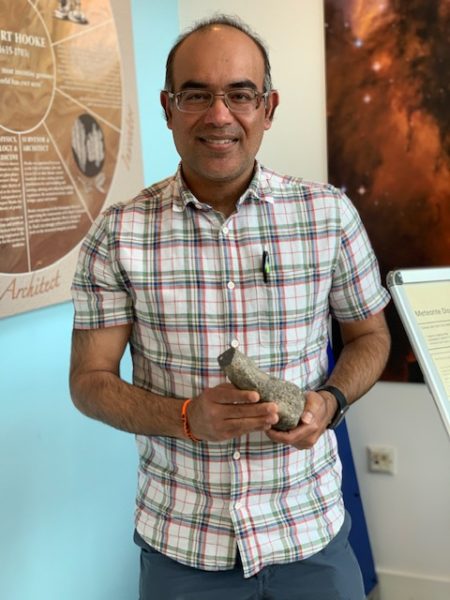
“The scientific community is benefitting immensely by the samples brought back by the Apollo astronauts. Our understanding of the origin and evolution of the Solar System is in large part due to Apollo samples. The recent finding of water in the Moon has only come about because of the availability of Apollo samples even 50 years since they were first collected. There are numerous other scientific benefits which are captured elsewhere. In terms of technological benefits for example.”
The continued study of Moon rocks and ways to extract water from lunar soil, coupled with missions to search for water on its surface – all involving Open University scientists – combine to make the possibility of a return to create a permanent base on the Moon a real possibility.
